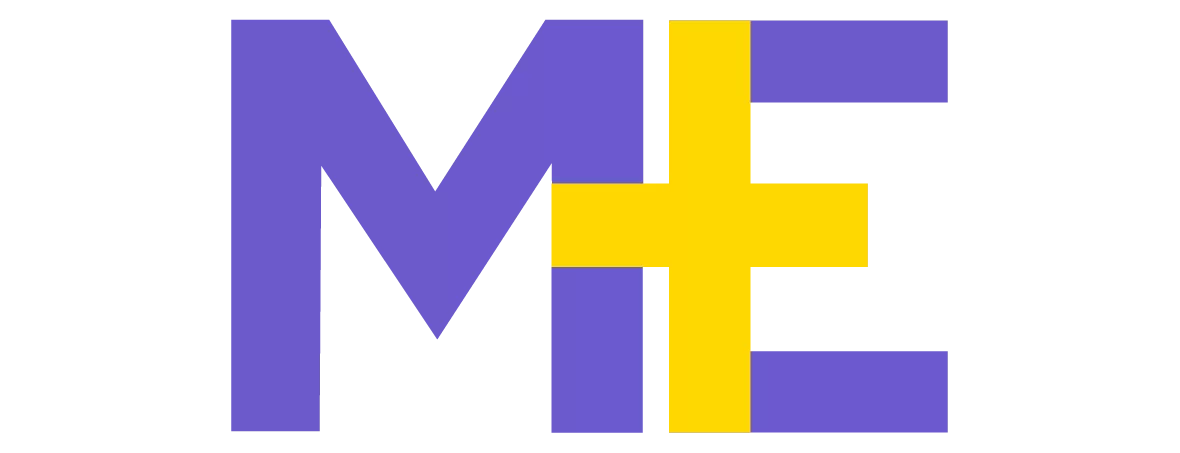EDM HISTORY IN AMERICA
Electronic Dance Music (EDM) has come a long way in the United States, evolving from an underground movement to dominating mainstream music and culture.
But how did this transformation happen, and what has propelled EDM into the heart of America’s music scene? Here’s a look at the EDM history in America.
Early Roots: The Underground Rave Scene
The origins of EDM in the United States can be traced back to the underground rave culture of the late 1980s and early 1990s. Influenced by house and techno music from Europe, these clandestine gatherings took place in warehouses, fields, and basements, where fans gathered to dance all night to the beats of electronic music. DJs like Frankie Knuckles and Larry Levan played a major role in spreading house music, particularly in cities like Chicago and New York.
Despite its strong beginnings, electronic music struggled to enter the mainstream in the US during these early years. With rock, hip-hop, and pop dominating the airwaves, EDM remained a subculture, mostly confined to underground events.
The Rise of Superstar DJs in the 2000s
The 2000s marked a turning point for EDM in America. DJs and producers like Tiesto, David Guetta, and Swedish House Mafia began gaining international recognition, headlining major music festivals around the world. Their anthemic tracks and high-energy performances began to attract attention in the US.
The rise of EDM festivals like Electric Daisy Carnival (EDC) in Las Vegas and Ultra Music Festival in Miami played a huge role in boosting EDM’s profile. These festivals provided a platform for electronic music to reach wider audiences and also helped elevate DJs to rock-star status. Fans started attending festivals not only for the music but for the experience—massive stages, light shows, and immersive visuals became synonymous with EDM events.
Crossing Over with Pop Music
A crucial element of EDM’s journey into mainstream culture was its crossover with pop music. Collaborations between EDM producers and pop artists brought electronic beats to the masses. Tracks like “When Love Takes Over” by David Guetta and Kelly Rowland, or “We Found Love” by Calvin Harris and Rihanna, became massive hits on both the pop and EDM charts.
These collaborations opened the door for more electronic artists to work with mainstream acts. As a result, radio stations and streaming platforms started to embrace electronic music, giving it exposure to millions of listeners.
EDM Today: A Global Phenomenon
By the 2010s, EDM had become a cultural phenomenon in the United States. DJs like Skrillex, Diplo, and Marshmello broke into mainstream consciousness, performing at festivals, collaborating with pop stars, and even earning Grammy Awards. The genre’s appeal continued to grow, and today, EDM festivals sell out in minutes, attracting fans from all over the world.
Streaming platforms such as Spotify and Apple Music further helped EDM thrive by making electronic music accessible to global audiences. Now, whether you’re in the US or halfway across the world, you can listen to EDM’s biggest hits with a tap of your finger.
The Future of EDM in America
As EDM continues to evolve, new sub-genres and trends are emerging, such as future bass, trap, and melodic dubstep. The genre is constantly pushing boundaries, with DJs experimenting with new sounds and production techniques. With new artists entering the scene and festivals becoming bigger than ever, the future of EDM in America looks bright.
From its underground roots to its mainstream success, EDM’s journey in the US is a testament to its lasting power and cultural impact. As the genre continues to break barriers and reach new heights, it’s clear that EDM is here to stay.
- Social Security Meltdown? Trump’s New Rule Could Trigger Mass Layoffs - April 26, 2025
- IRS Tax Refund 2025: Will You Get Paid This Week? - April 24, 2025
- Diablo IV Season 8 Shifts Focus to Permanent Game Upgrades with ‘Belial’s Return’ - April 23, 2025

